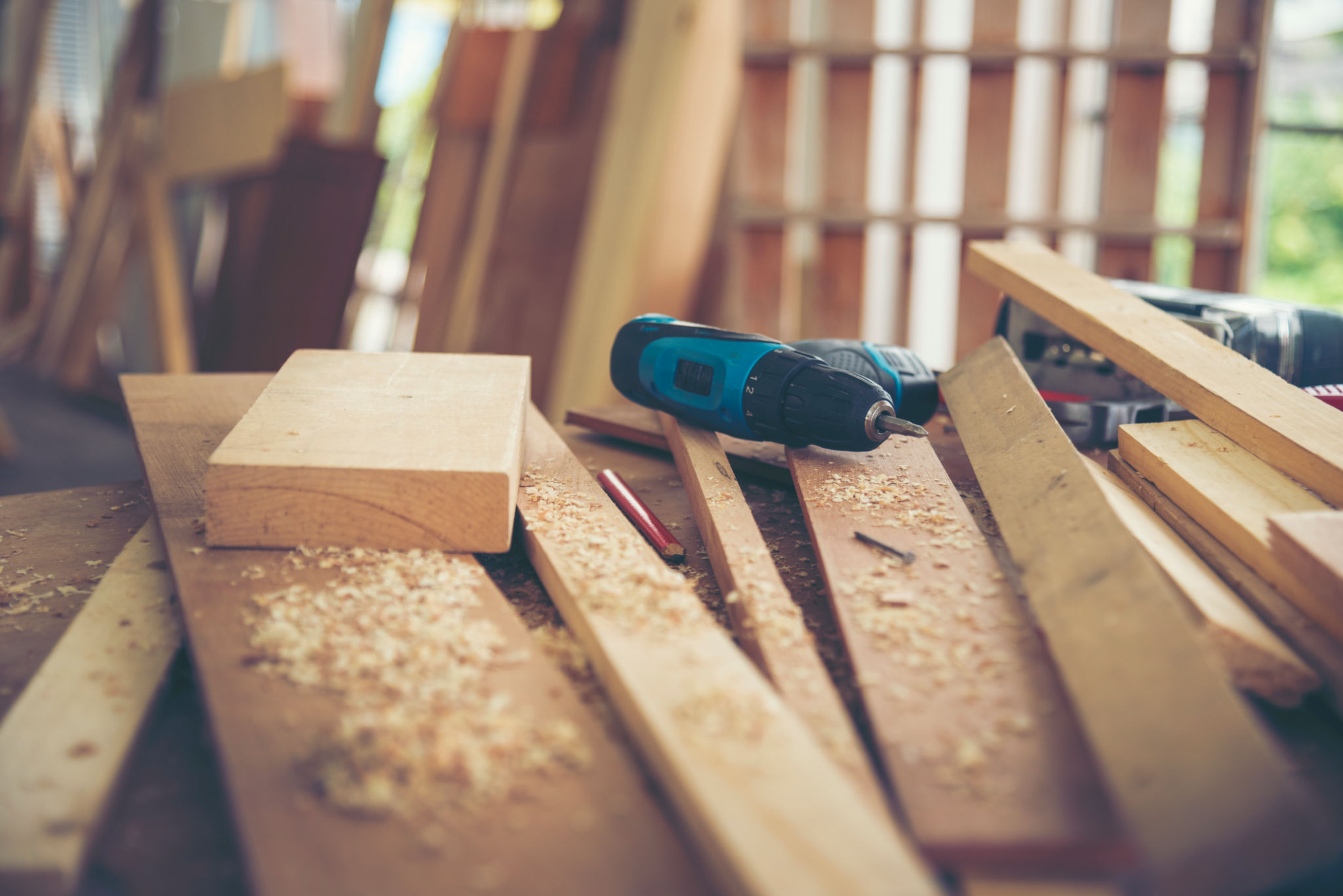Expert Insights: Common Carpentry Mistakes and How to Avoid Them
Understanding the Basics: Measurement Mistakes
One of the most common mistakes in carpentry is inaccurate measurements. Even a small error can lead to costly material waste and ill-fitting pieces. To avoid this, always double-check your measurements before making any cuts. Remember the old adage, "Measure twice, cut once." Use a reliable tape measure and ensure it's straight and taut when taking your measurements.
Consistency is key. Stick to a single measurement system, either metric or imperial, and avoid switching between the two. This reduces confusion and errors that can arise from conversion mistakes.

Choosing the Right Materials
Selecting the appropriate materials for your project is crucial. Using the wrong type of wood or fasteners can compromise the strength and durability of your work. Always consider the purpose of your project when choosing materials. For instance, outdoor furniture should be made from weather-resistant wood like cedar or teak.
Additionally, be mindful of the quality of the materials. Inspect wood for knots, warping, or cracks that could affect its structural integrity. Investing in high-quality materials may be more costly upfront but will save you time and money in the long run.
Tool Misuse and Maintenance
Another common mistake is the misuse of tools. Each tool is designed for a specific purpose, and using it incorrectly can lead to poor craftsmanship or even injury. Familiarize yourself with the tools you use and their functions. Always read the manufacturer's instructions and, if necessary, seek guidance from experienced carpenters.

Regular maintenance of your tools is also essential. Dull blades or poorly maintained equipment can cause accidents and reduce the quality of your work. Keep your tools clean, sharp, and stored properly when not in use.
Structural Planning and Execution
Planning is a critical component of any successful carpentry project. Skipping this step often leads to misaligned pieces and weak structures. Begin with a clear blueprint or design plan, outlining each step of your process. This will help you visualize the finished product and identify potential challenges before they arise.
During execution, take your time to ensure each piece fits perfectly into place. Rushing through this stage can lead to errors that are difficult to correct later on. Patience and attention to detail are your best allies in achieving a flawless finish.

Joinery Techniques
Poor joinery is a frequent issue that can affect the strength and appearance of a piece. Understanding different joinery techniques is essential for creating strong connections between pieces of wood. From dovetail to mortise and tenon joints, each method has its own advantages and applications.
Practice these techniques on scrap wood before applying them to your project. This will help you gain confidence and avoid mistakes when working on your final piece.
Finishing Touches: Sanding and Sealing
The final stages of a carpentry project—sanding and sealing—are often rushed or overlooked. Proper sanding smoothens surfaces and prepares them for staining or painting. Start with coarse-grit sandpaper and gradually move to finer grits for a polished finish.

Sealing is equally important as it protects the wood from moisture and wear. Choose a finish that suits the function of your piece, whether it's an oil-based sealant for rich color or a polyurethane varnish for durability.
Conclusion: Learning from Mistakes
Mistakes are inevitable in carpentry, especially for beginners. However, each mistake offers valuable lessons that contribute to your growth as a craftsman. By being aware of these common errors and taking proactive steps to avoid them, you can enhance your skills and produce high-quality work.
Remember that patience, practice, and continuous learning are key components of successful carpentry. With time and experience, you'll be able to tackle more complex projects with confidence.
